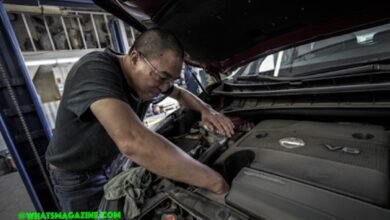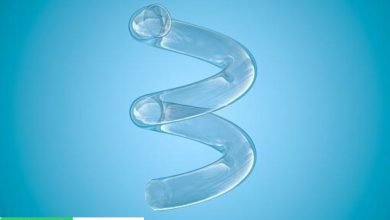Did you know that more than 800,000 Americans suffer from a stroke yearly? If you or someone close to you recently suffered a stroke, you may be concerned about stroke recovery and the potential long-term effects.
Of course, your recovery may take different forms, depending on your overall health and the type of stroke you suffered. If you are exploring the potential face after stroke for healing, you have come to the right place.
Read on to learn more about the face after a stroke and how your recovery may look.
In this article
How Stroke Affects Facial Features
A stroke can have a devastating effect on facial features. It is often observed that stroke victims undergo considerable facial transformation due to paralysis, usually on one side of the stroke face.
The kinds of facial changes and recovery vary between individuals. It can range from slight tweaks to the face to significant changes such as an inability to smile or close the eyes.
The recovery of facial movement is possible over time. It can be helped by rehabilitative speech, physical, and occupational therapies.
Common Symptoms of Facial Paralysis During a Stroke
Stroke is a medical condition affecting the brain. Stroke can cause facial changes ranging from temporary numbness to paralysis to permanent facial features.
Common symptoms of facial paralysis during a stroke include the following:
- a drooping eyelid
- facial weakness
- asymmetric facial expressions
- difficulty speaking
Depending on the severity of the stroke, recovery can range from weeks to months. Can you die from a stroke? Patients can regain much of their facial expression, but if not given attention, yes. Stroke can be severe and, in some cases, can be fatal.
However, with proper treatment, most stroke survivors can fully recover.
Understand the Emotional Impact of Stroke-Related Facial Changes
Stroke-related facial changes can cause more than physical deficits. They can have a long-term emotional impact, too.
When looking at the face of a stroke, you should not ignore the individual’s feelings of distress. They may feel the following:
- self-conscious
- embarrassed
- isolated due to impairments in their facial muscles
Furthermore, a stroke can cause changes in an individual’s facial expression and speech. It impacts how others perceive and accept them in their social circles. It is essential to explore the emotional impact of these facial changes so that those affected can understand this issue.
Support systems, counseling, and effective rehabilitation are essential to helping survivors cope with and recover from stroke facial droop. Addressing the emotional impact of stroke-related facial changes can ensure that lasting psychological repercussions are minimized.
Explore The Role of Rehabilitation in Reclaiming Face After Stroke
The face after a stroke is physical and emotional, often leaving survivors feeling isolated and unsure of their place in the world. Knowledge of the recovery process is invaluable for those affected, as it supports survivors to rebuild their lives and begin the journey to heal the scars stroke inflicts.
If you or someone you know is affected by a stroke, get help to support the healing process.
You should check other blogs on this site if this has helped you.








